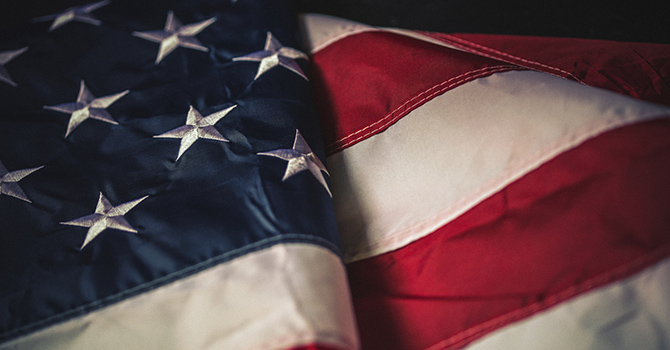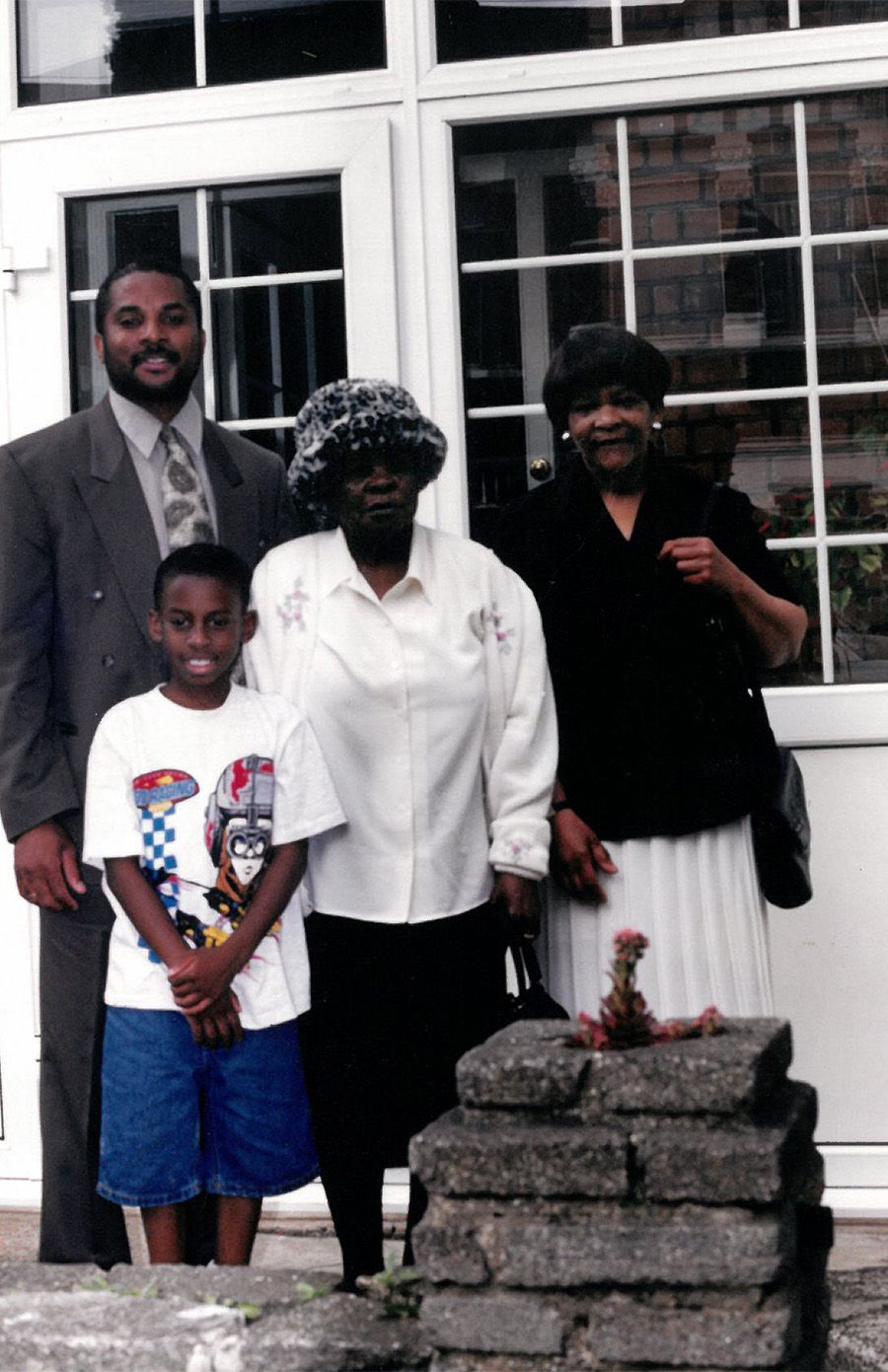Marcus Borg and John Dominic Crossan noticed something new in their book “The Last Week”: the Roman calendar for Passover. They say that Jesus carefully designed and scripted his “Triumphal Entry” to make a point. He timed his entry into Jerusalem through the eastern gate, down from the Mount of Olives, to coincide with Pontius Pilate’s military procession from the west. There were two parades in town on the same day. Jesus was asking people to choose one or the other.
When a pastor presides in worship, she stands at the intersection of two parades: the catholic church’s sacred story and the local congregation’s history within its particular community. The pastor acts as translator-in-chief as she speaks and signs the church’s story in the dialect of the congregation. Jesus did likewise when he spoke to Galileans in metaphors of lost coins or sheep or of a prodigal child.
The ministry of translation is particularly difficult when secular culture’s “holy” days overlap the church’s gathering for worship, as will happen again July 4th. A local congregation’s traditions for this Sunday may run the gamut from the reasonably mild (red, white and blue floral arrangements in the sanctuary) to the affronting: an American flag draped over the Lord’s Table, the Pledge of Allegiance included in the liturgy, or the choir expecting to deliver a patriotic anthem.
Each of these is theologically problematic, the flag on the Lord’s Table perhaps the most egregious. A new pastor’s encountering any one of them the first day she presides, as will many United Methodist pastors in their first Sunday in a new appointment, creates extra challenges. The trappings of the state are Caesar’s attempt to co-opt the church’s sacred story. Their presence should not go unchallenged.
On the other hand, those red, white and blue flowers represent the congregation’s struggle to journey faithfully toward the New Jerusalem. They are a milepost at some point in the wilderness, an invitation to the pastor for authentic leadership.
In “The Worshiping Body: The Art of Leading Worship,” Kimberly Bracken Long recalls the 1984 film “Places in the Heart,” set in Waxahachie, Texas, in 1935. Its last few minutes depict a communion service in a small country church. The few folk in the sanctuary do their best to sing “Blessed Assurance” as they prepare to commune. But then something remarkable happens. As the bread and wine are passed we see that, somehow, there are now more people in the pews:
The bank president who tried to foreclose on a young widow; the white men who lynched a black boy after he mistakenly shot the town’s beloved sheriff; the players in the honky-tonk band and the floozies who followed them from dance to dance; Moze, the African American laborer who had helped the young widow bring in a prizewinning crop of cotton . . . and the Klansmen who drove him out of town; and, finally, the sheriff himself and the boy who had killed him. ‘The peace of Christ,’ the sheriff says to the boy as he shares the bread and wine. ‘The peace of Christ,’ the boy whispers in return.
“Here, at the Lord’s Table,” says Long, “life triumphs over death, love overcomes hatred, mercy overcomes guilt, and those who could not or would not live together in peace are reconciled in Christ’s name.” It is an eschatological vision of the communion of saints. We often name that sacred gathering in our Eucharistic liturgies, but we seldom explain it to our congregations.
The new pastor who finds the bread and wine covered by the flag on July 4th stands in a place of precarious privilege. She has been sent among people who are struggling to make a choice. Although it may be tempting to pronounce judgment upon the congregation’s traditions, the better pastoral choice is to recall the power of sacred sign. Beneath that fragile symbol of temporal power are the Bread of Life and the Cup of Salvation. When the flag is set aside, the Feast of the Resurrection is revealed. If the communion of saints is powerfully preached, that eschatological sign itself will stand in judgment upon the wilderness, and those receiving bread and cup from their new pastor’s hand may well find themselves headed toward the New Jerusalem once more.









